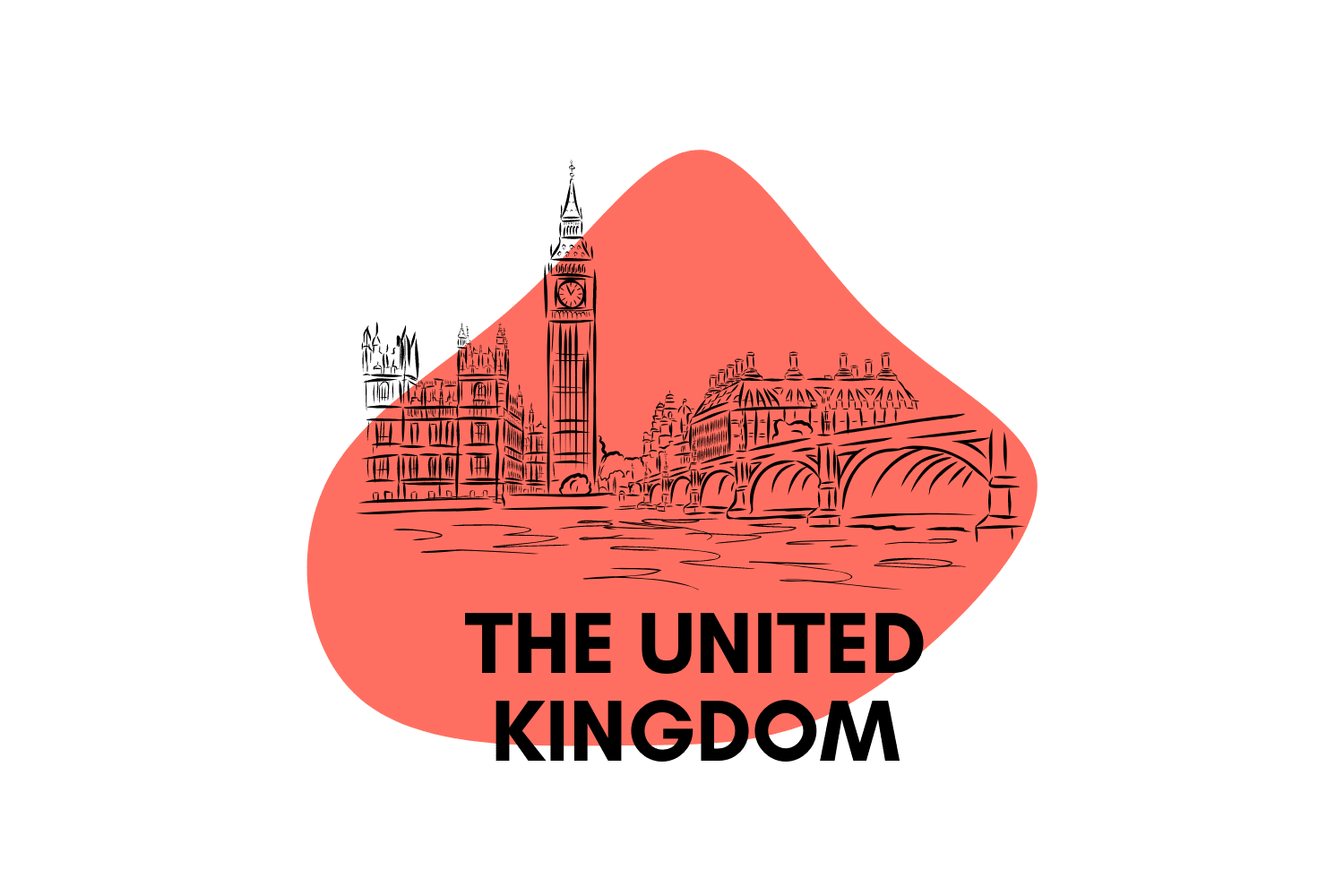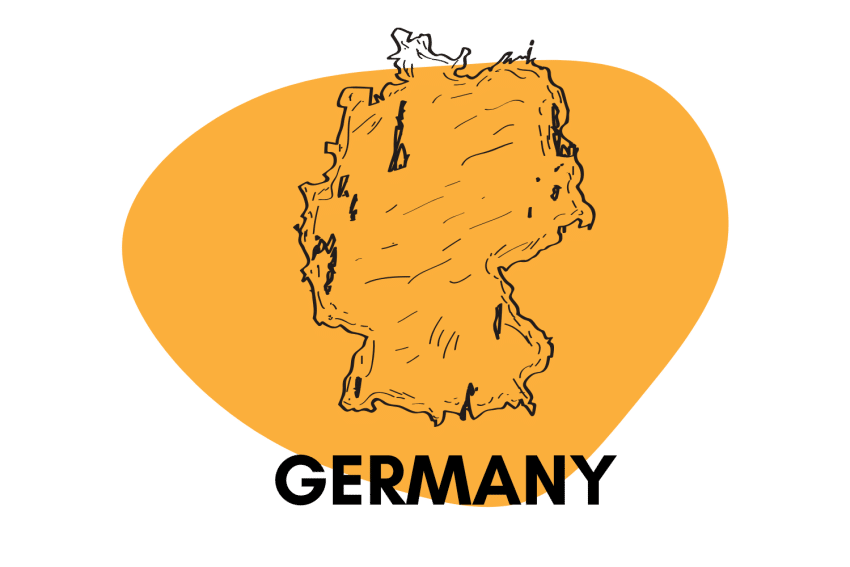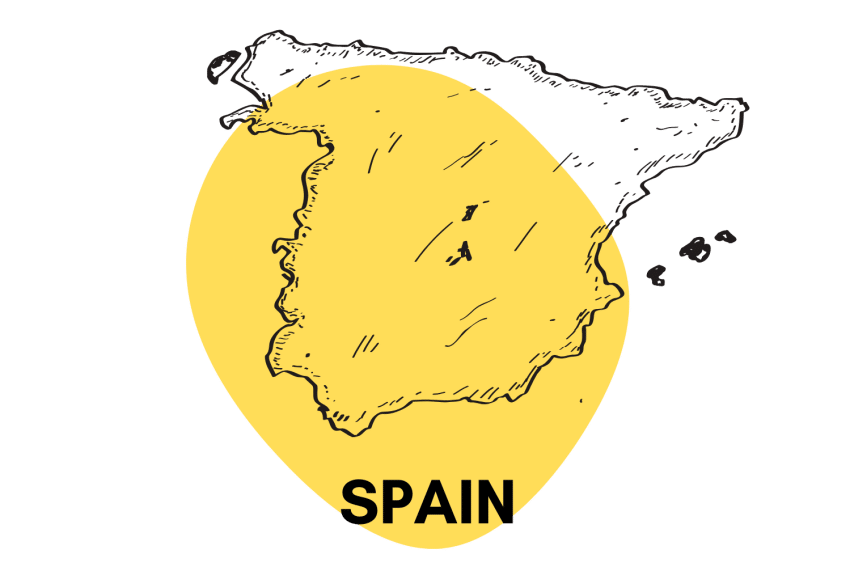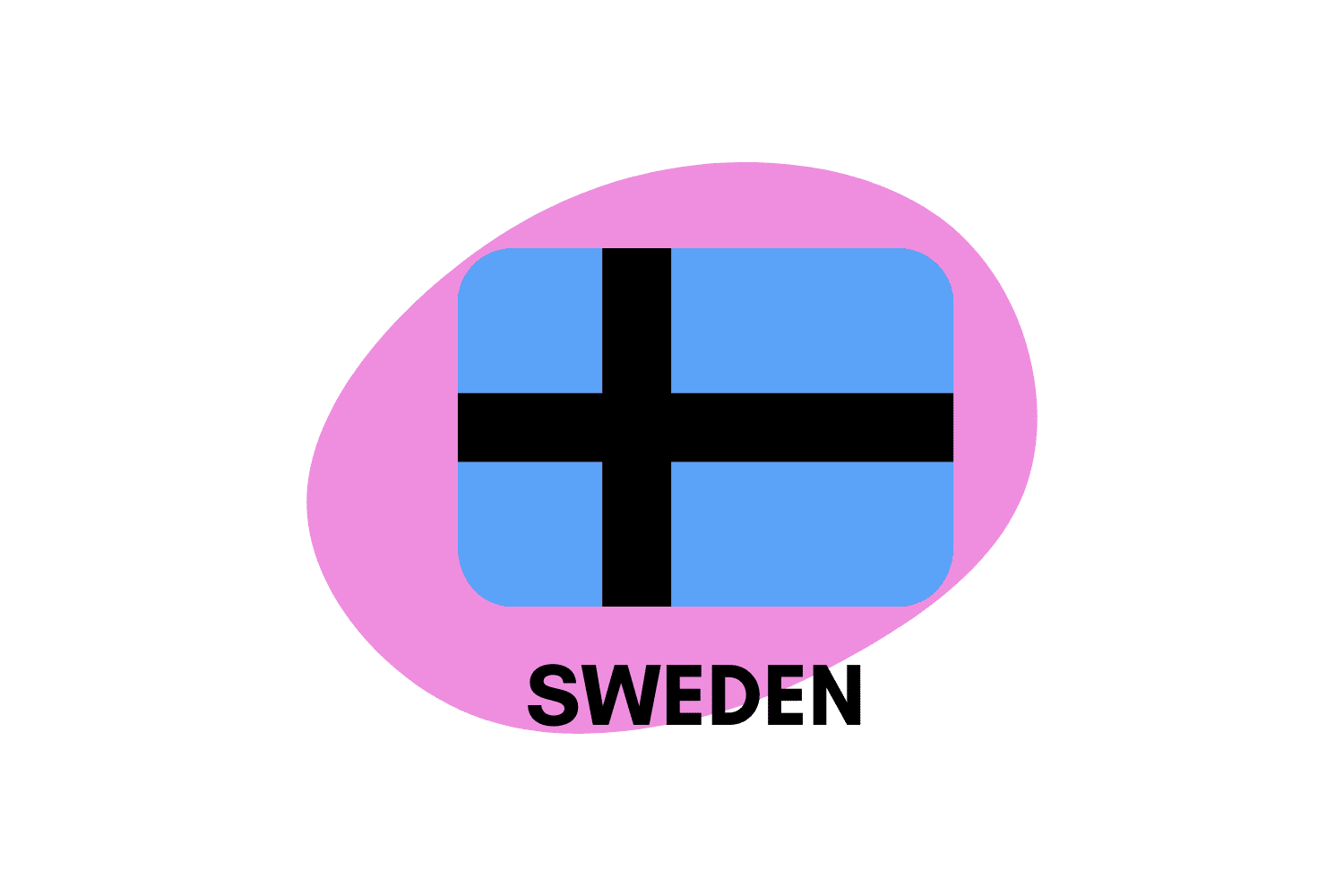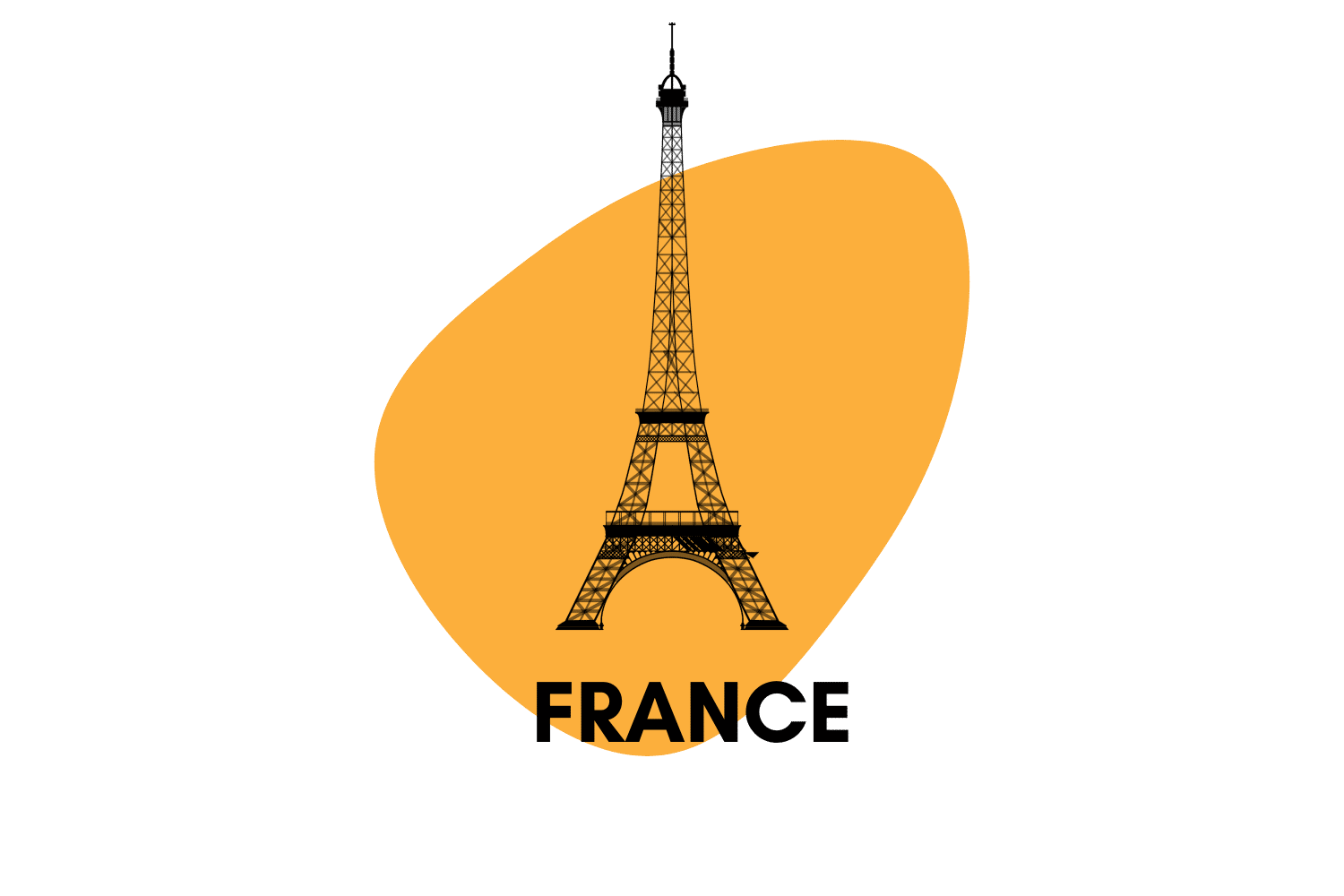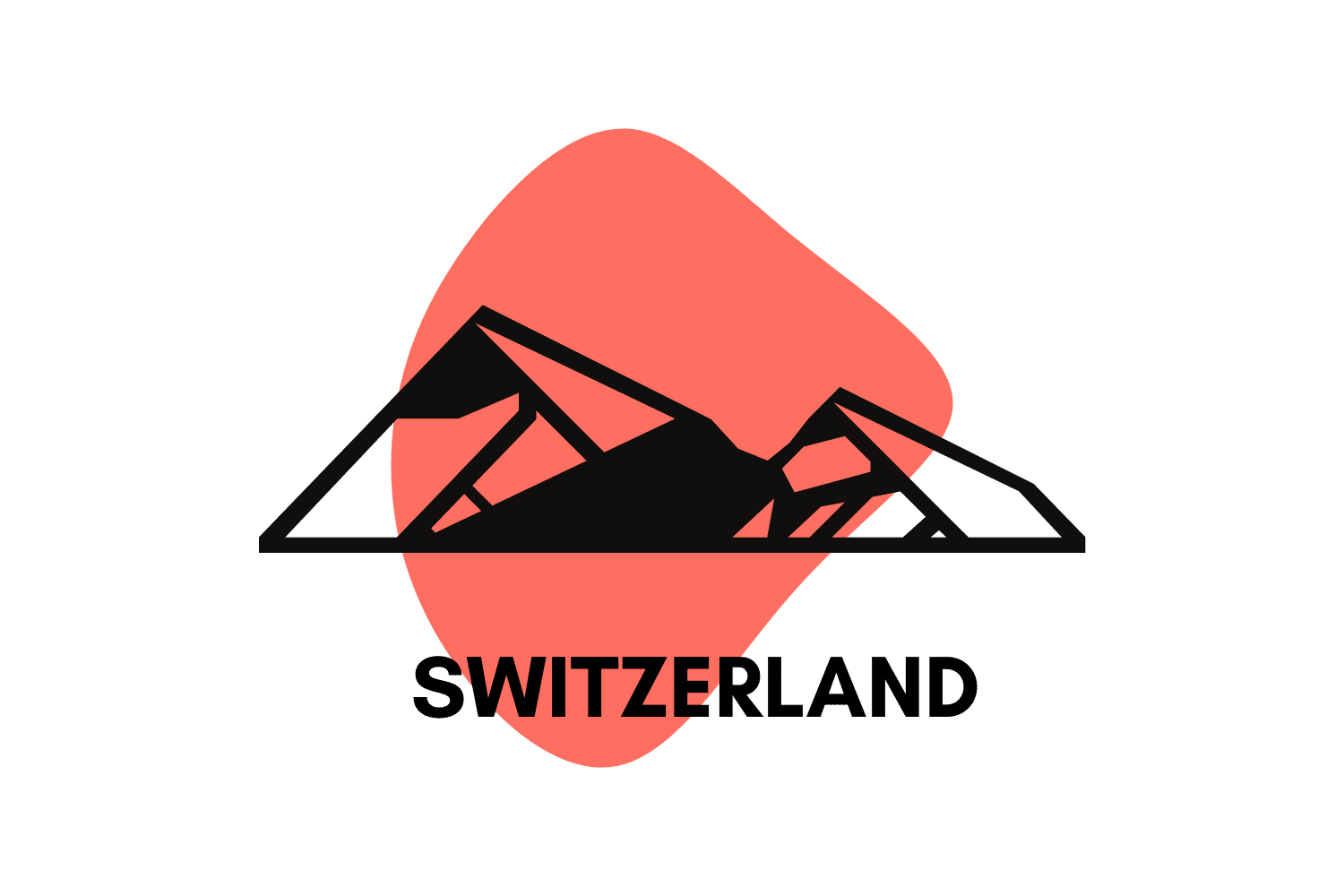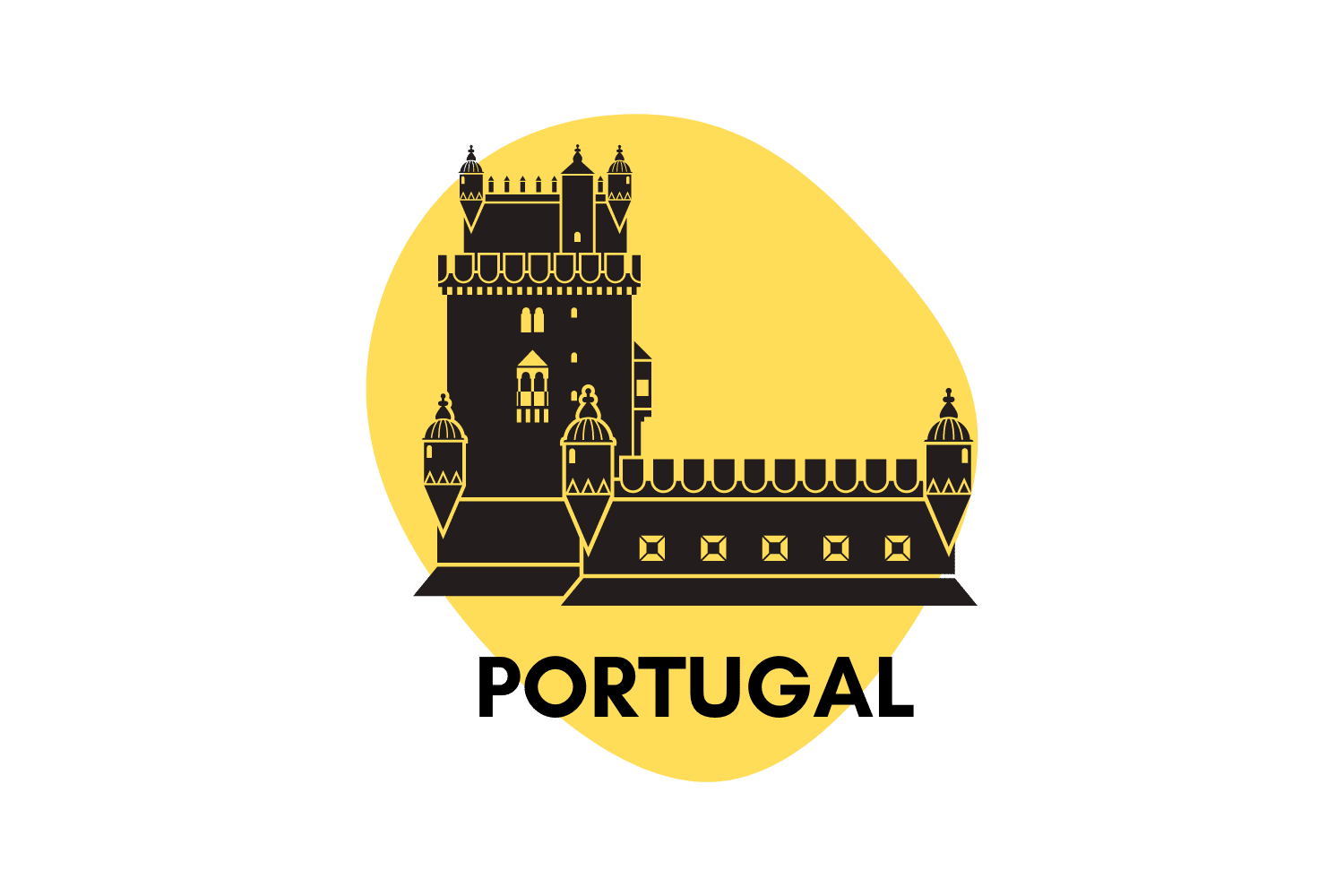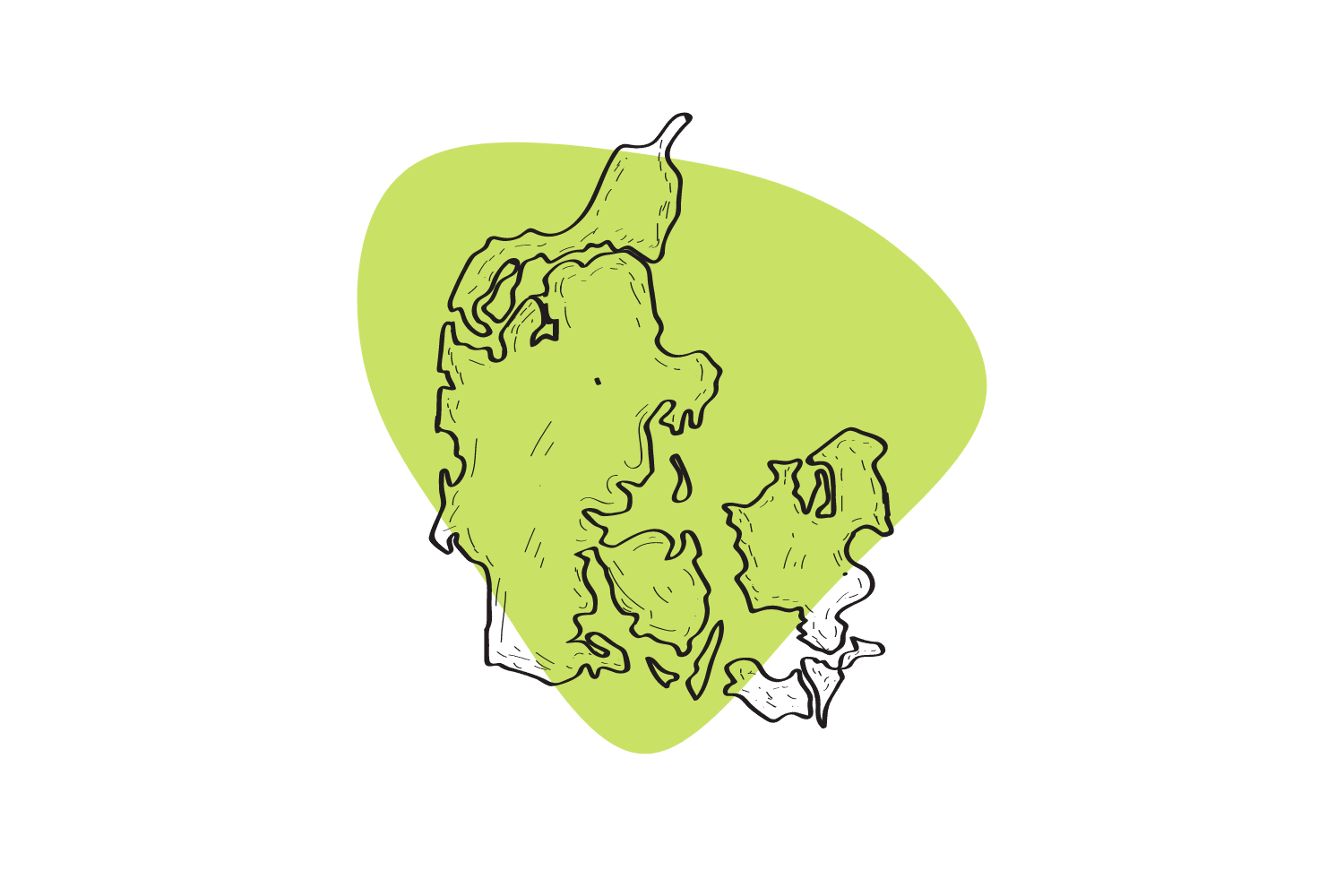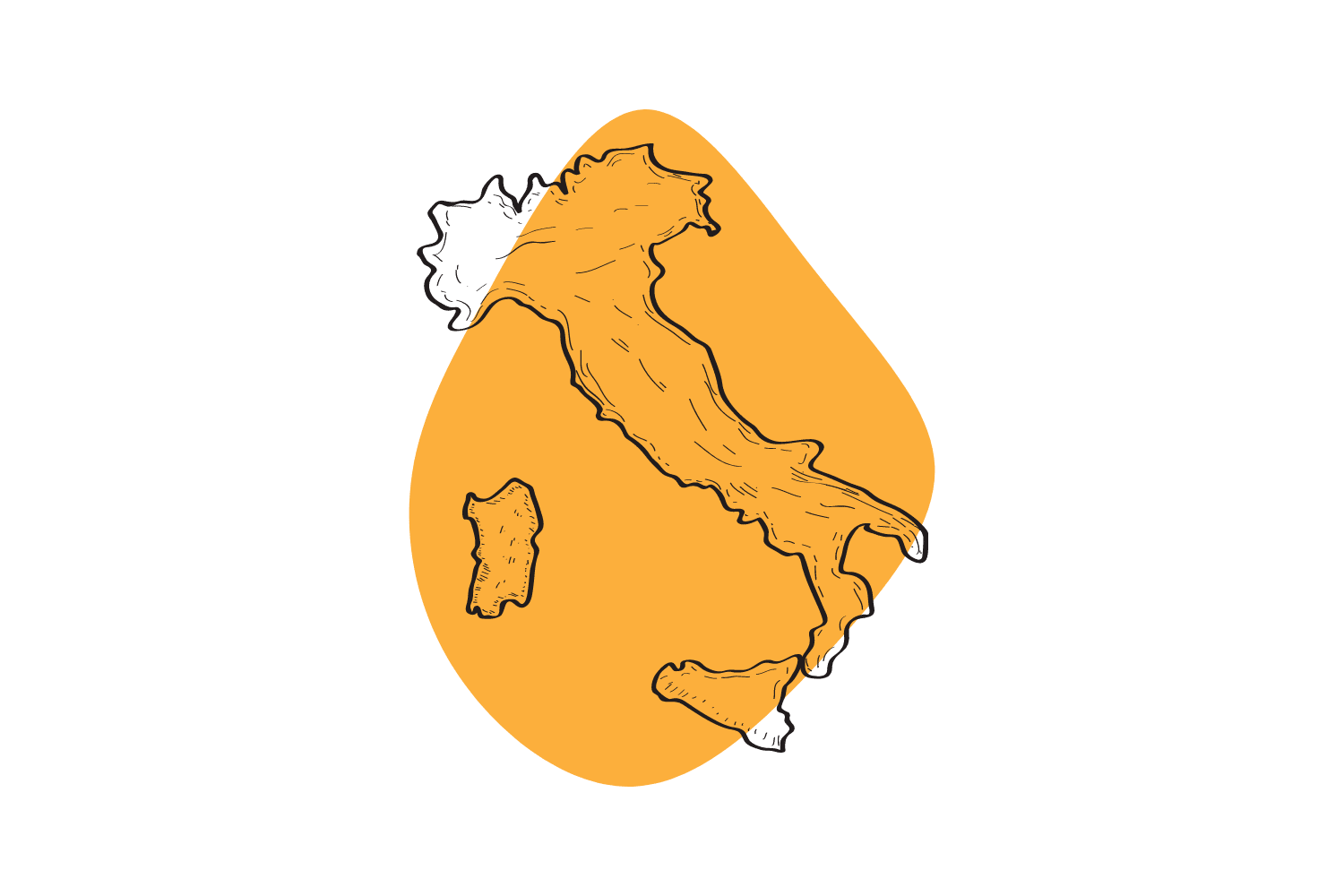Buying Drugs in Portugal: The Effect of Decriminalization on Clandestine Drug Sales
Decriminalization in Portugal has led to flocks of tourists coming to find drugs. As a result, the streets are lined with locals looking to sell fake drugs to anyone willing to lose €10.
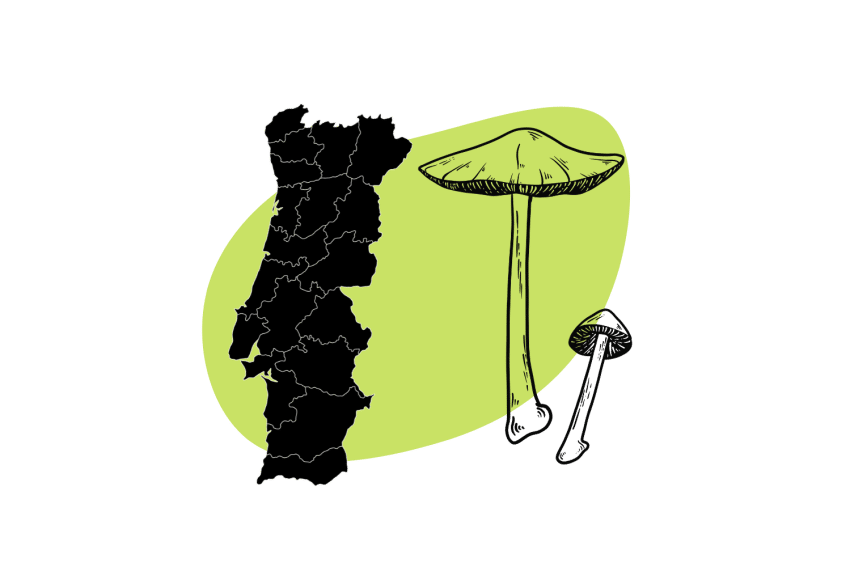
I had driven 18 hours straight before an 8-hour flight containing 15 minutes of panicked running through the Madrid airport for a connection. Hailing a ride up the mountainous terrain, my partner and I arrived at our Airbnb: an old, small home on the hillside. After our host let us in, my soon-to-be fiance (we got engaged on this trip) decided to lie down for a nap.
The excitement of our location was enough to keep me awake, so I decided to go for a walk and see if I could spot anyone smoking hashish.
Portugal decriminalized all drugs in 2001 to cull the prison population and humanely address addiction and needle-born illness.
While this removes the risk of seeking, buying, possessing, and consuming small amounts of drugs, it doesn’t make them legal.
At any rate, my goal was to find someone I could ask for some “help,” so to speak. Unlike Amsterdam, which we would visit later, there is no easy place to enter and find your drug of choice.
This leaves the drug trade firmly in the grasp of the clandestine market. Additionally, it causes Portugal’s decriminalization policies to fall one step short of where they could be.
Buying Drugs on the Streets in Portugal
It’s a fact that is well-known to the locals but not always so much to the tourists: virtually none of the drugs sold to tourists in Portugal is real. 90% of these scams happen in well-populated areas where hoards of people are looking to make a sale.
One day, I wore a particularly flamboyant shirt — the kind that screams, “hey, I like drugs sometimes” — and the response was astounding. While enjoying a meal with my partner on an open patio, no less than 15 separate people approached me in an hour with a refrain I came to know well:
“My friend, hash, cocaína, marijuana?”
They would then flash me a beautiful bullet of hash from their pocket and assure me it’s not a problem in Portugal. My fiancé (she said yes!) questioned why I had said no when I was looking for hash, and I told her that I knew better than to expect them to give me any.
While it’s illegal to sell drugs, there are very few laws against selling fake drugs, and that’s the game these guys are typically playing. Though the bullet of hash they showed during our encounter was real, a dance would have occurred if I had taken them up on the offer. They would have quickly put it away and given me a caramel or some other replacement in its place.
Should the police ever hassle them about selling, they could show that they had a personal amount of hash, cocaine, or marijuana. The rest would likely be candle wax, baby powder, and bay leaf.
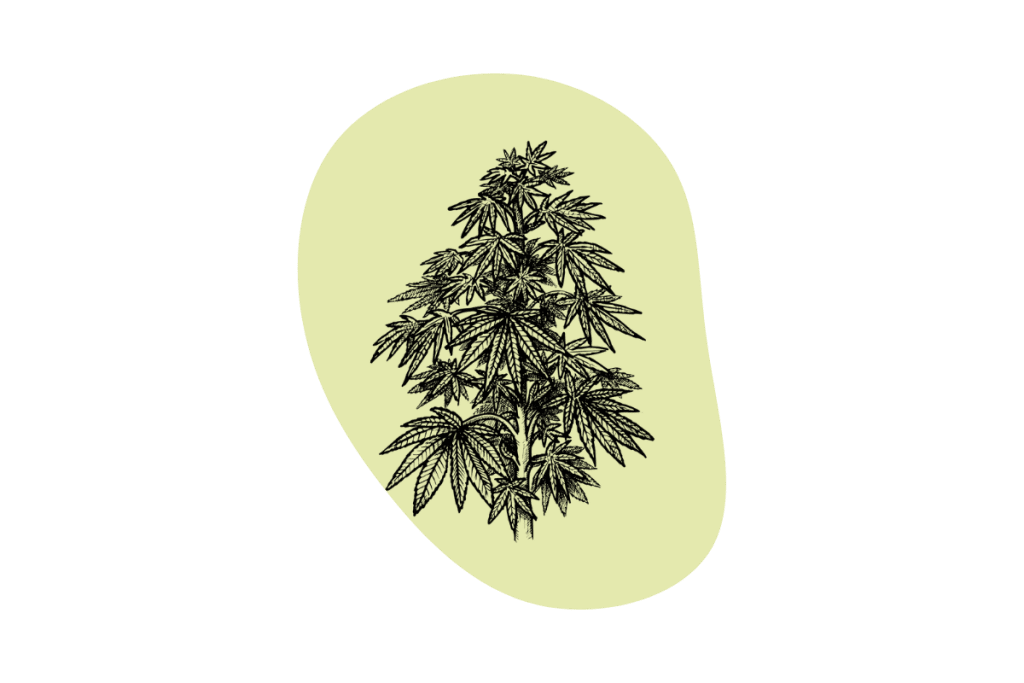
How Portugal’s Drug Trade Compares to the US
Here in the United States, we also have a problem with drugs being different from what sellers market them as. Only, for us, it typically has much graver consequences. To illustrate this, let’s take a look at a single illicit substance: cocaine.
In 2020, there were 19,447 deaths attributed to cocaine in one way or another [1]. Compare this to 2014, and you’ll see an increase of over 14,000 deaths in 6 years.
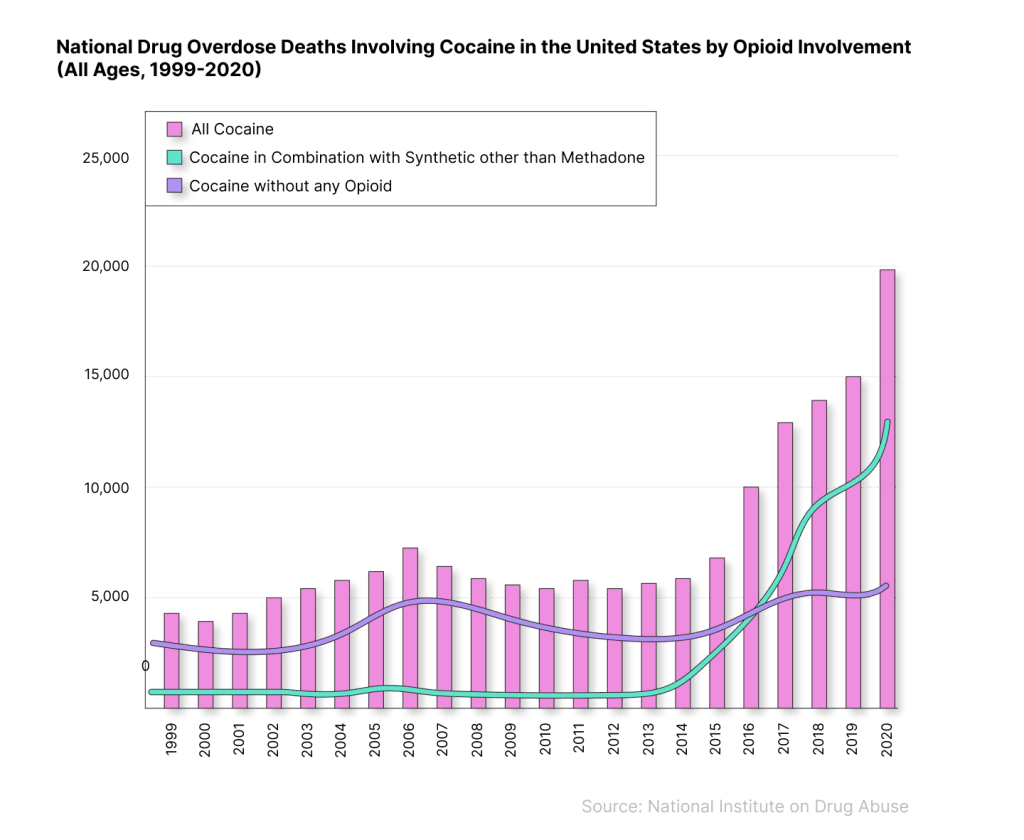
So what changed?
Almost all of this increase traces back to the involvement of ‘Cocaine in Combination with Synthetic Opioids other than Methadone.’ The overwhelming majority of these cases involve the media’s favorite demon — fentanyl [2].
For the clandestine market in America, the focus is on creating a more potent product. The higher somebody gets from your drugs, the more likely they will return. As a result, many producers ‘cut’ their products with more potent options.
Criminalization also leads to the contamination of clandestine drugs due to the potency of fentanyl. By mixing a small amount of fentanyl into fake or weak cocaine, producers can create a potent product in smaller quantities.
As for how simple accidental contamination can be, see the demonstration below as an example for how this can occur:
Brief demonstration using turmeric and salt to show how I believe fentanyl contamination of cocaine occurs accidentally towards the end of the supply chain. Easy to do if using the same surface. #HarmReduction pic.twitter.com/bHiIZIVOnZ
— Stephen Murray, MPH, NRP (@stephenHRNRP) October 24, 2022
While some people intend to use opioids with their cocaine, the vast majority do so unwittingly. By removing the drug penalties, the drug trade can breathe easier and has less incentive to break the law.
The clandestine market still exists in Portugal but in a smaller, more peaceful capacity. Portugal’s legal landscape motivates them to keep their operation small and discreet while removing the risks that can raise tensions.
While a good deal of drugs still circulates the country, there’s little reason for dealers to behave in ways that bring attention to themselves. There is so little risk in word-of-mouth advertising for drug sales; they have no reason to go to the streets and make themselves vulnerable.
One way of drawing attention to yourself is by selling drugs laced with substances that can kill your client.
The country has also adopted drug testing services as a harm-reduction strategy to reduce the risk of negative health consequences, overdose, and deaths.
Since 2001, these drug analysis services have started working at festivals and nightlife events. Partly funded by the government, would-be drug users are directly alerted about dangerous test results by the drug testing systems.
One of the best examples is the implementation of free drug testing services at the world-renowned psychedelic BOOM Festival. The festival has run since 1997 and began offering harm reduction services in 2002.
These include drug checking, drug information and counseling, and a crisis intervention area, where people undergoing difficult psychological experiences (related or not to the use of drugs) could find specialized help [2].
Data from drug analysis at the 2016 BOOM Festival shows that almost 90% of the MDMA samples contained only MDMA and 9% were other substances, mainly synthetic cathinone derivatives. Some samples were also adulterated with cathinones and lidocaine.
Similarly, most samples expected to be LSD contained only LSD, with NBOMe and DOx detected in 24 ‘LSD’ samples. Of the 65 samples of cocaine analyzed only 6 contained just cocaine. Of the remaining samples, 34 contained a single ‘LSD’ sample.
Of the 65 samples of cocaine analyzed, only 6 contained just cocaine. Of the remaining samples, 34 samples contained a single substance: lidocaine. Two samples that were sold as cocaine contained ketamine. One sample sold as 2C-E contained an NBOMe derivative [2].
These results support the provision of drug-checking services as an effective harm-reduction strategy to help users to better manage their drug use and deal with drug adulteration.
According to the 2022 European Drug Report, Portugal ranks 17 out of 27 countries regarding the number of drug-induced deaths (10 cases per million population). Norway and Sweden are leading the charts with 85 and 73 cases per million population, respectively [3].
In 2021, opioids were a part of an estimated 74% of fatal overdoses reported in the European Union [5].
Is There a Better Way?
While Portugal’s drug policy represents a massive step forward, it doesn’t go quite far enough [4]. The best way to ensure that the drug trade is safe, protect users, and ensure the products are pure is to legalize and regulate the drug market. We do this already with America’s most popular drug: alcohol.
Brewers cannot distill whiskey, put it in a can, and market it as a lager. They can’t even brew an IPA and market it as a lager without opening themselves up to trouble. The regulation and legalization of the alcohol industry have made it so that consumers know precisely what they’re in for with every product.
If we could look past our indoctrination and hangups, we would see this as the only true path forward. While our views on drugs are new, their use is ancient and ancestral. Some researchers even believe our brains evolved alongside psychotropic plants [5] and relate intimately to each other.
No amount of criminalization has ever shown evidence to deter humanity from seeking drugs.
Back to Portugal
As I walked through Lisbon, I took in the beautiful views: the street art, the many overlooks (or ‘Miradouros’), and the vendors on the side of the walkways. I walked up to a gentleman selling absurdist art and bought a picture of a man sitting in a lawn chair overlooking mars from an asteroid.
I asked if he knew where I might find some hash, and he told me to come back in an hour when he would wrap up his sales. When I returned, he invited me to sit on his blanket and reached into his bag.
Pulling out what I assumed to be his stash, he asked how much I wanted and then estimated 2 grams. I paid him, and we talked about our lives and what brought us together to that specific point in time.
Later I realized that we didn’t look both ways before beginning our transaction. There wasn’t any fear present, so we never felt the need.
References
- Saah, T. (2005). The evolutionary origins and significance of drug addiction. Harm reduction journal, 2(1), 1-7.
- Valente, H., Martins, D., Carvalho, H., Pires, C. V., Carvalho, M. C., Pinto, M., & Barratt, M. J. (2019). Evaluation of a drug checking service at a large scale electronic music festival in Portugal. International Journal of Drug Policy, 73, 88-95.
- European Monitoring Centre for Drugs and Drug Addiction (2022), European Drug Report 2022: Trends and Developments, Publications Office of the European Union, Luxembourg.
- Rego, X., Oliveira, M. J., Lameira, C., & Cruz, O. S. (2021). 20 years of Portuguese drug policy-developments, challenges and the quest for human rights. Substance Abuse Treatment, Prevention, and Policy, 16(1), 1-11.
- McCall Jones, C., Baldwin, G. T., & Compton, W. M. (2017). Recent increases in cocaine-related overdose deaths and the role of opioids. American journal of public health, 107(3), 430-432.

